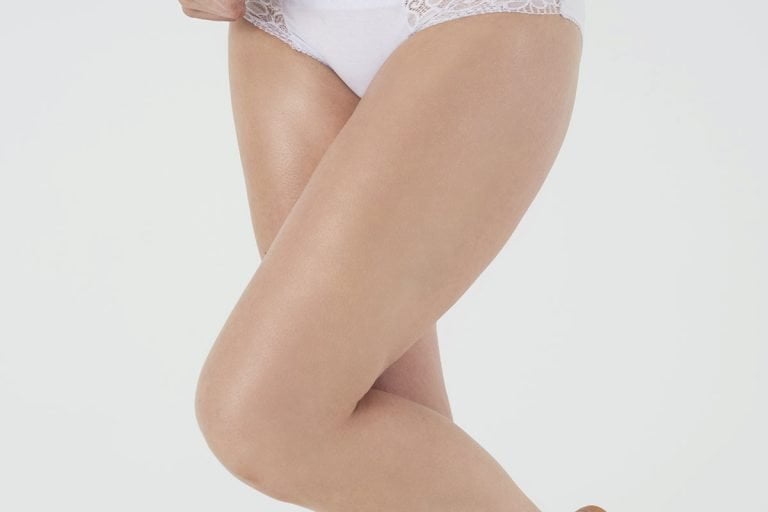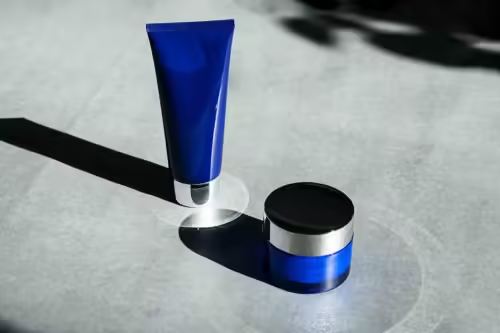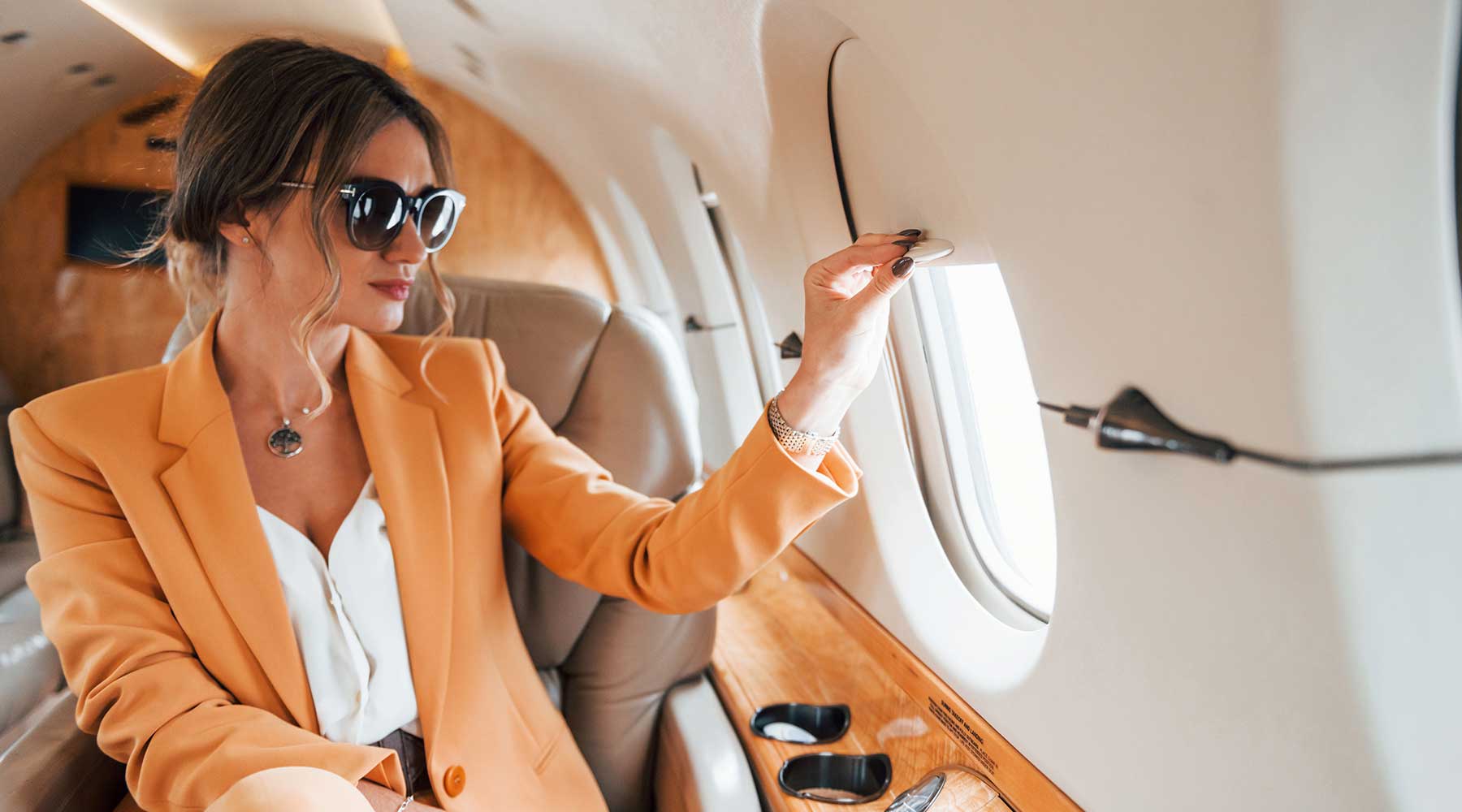Some of the most common myths about Wrinkle Relaxer revolves around what you can and cannot do after receiving Wrinkle Relaxer. In fact, there are many mistruths that claim what you should and shouldn’t do after receiving a Wrinkle Relaxer treatment, especially regarding jetting off on holiday and flying after Wrinkle Relaxer. So, can patients fly after Wrinkle Relaxer?
A scan through search engine results and there are pages of results that tell you that you need to wait from anywhere between two days and two weeks after having Wrinkle Relaxer. All of them show a different story; however, none are backed up by scientific proof.
Why are we waiting?
Some practitioners recommend waiting after Wrinkle Relaxer before flying as there are false claims that the changes in air pressure in plane cabins can cause the Wrinkle Relaxer to move to other areas of the face. This misconception comes from a concern of the migration of the toxin through the orbital spectrum. However, the air pressure in a plane cabin is made to be similar to the air pressure on the ground. It is only the air pressure outside of the plane that is substantially different. With this in mind, there is no reason why air pressure changes should cause anything to move in the cabin, particularly not a dose of Wrinkle Relaxer in your facial muscles.
Secondly, the research that has been conducted has shown that the toxin is taken up by the facial muscles and nerves in just five minutes. This means that five minutes after the procedure, the toxin should be fully in place and you are free to carry out your normal activities, including flying if you wish.
One thing that is recommended is to avoid applying pressure on the face straight after treatment, while the air pressure in an aeroplane cabin should not cause your Wrinkle Relaxer to move, physical manipulation of the face may not be entirely beneficial for your face and ensure the best results for treatment.
So yes, you can have Wrinkle Relaxer immediately before and after flying.
The lunchtime treatment
Wrinkle Relaxer has won the hearts of many fans for being the ten-minute wonder treatment. Unlike facelifts that require invasive surgery and extensive recovery time, Wrinkle Relaxer can take less than ten minutes to complete. After which, individuals can continue with their normal activities. The term of a lunchtime treatment is apt because clients can visit their practitioner during a lunch break and return to work, or hop on a plane, following the treatment without any adverse effects or noticeable differences.
It is important to note that while Wrinkle Relaxer treatment takes just ten minutes to carry out and again just ten minutes for the toxin to be taken up by the nerves in the face. However, this is only when the toxin can begin to take effect. As a result, the best results of your treatment will not be immediate and will not be seen after ten minutes.
Once Wrinkle Relaxer is taken up by the nerves, Wrinkle Relaxer then gets to work in paralysing the muscles in the face, enabling them to smooth out the wrinkles. This will usually start to take shape in a couple of days, although there may be more immediate signs. The best results will usually take around 14 days after treatment to take effect.
However, you do not have to wait a fortnight before you fly. Your treatment will develop while you are away.
Flying after Wrinkle Relaxer
While it is safe to fly straight after receiving Wrinkle Relaxer, flying can affect your skin in other ways. If you are on a long-haul flight, then you may notice that the skin’s appearance worsens. If you want to see the best results of your face, after any form of treatment, including Wrinkle Relaxer, then there are things you can do during a flight to protect and enhance your skin. There is nothing better than arriving straight off a plane looking fresh-faced and beautiful and, importantly, ready for action.
If you want to arrive on a trip looking fresh-faced, then these steps can help you to improve the look of your face after a flight and ensure you enhance your Wrinkle Relaxer treatment through your skincare regime.
1. Cleanse
As you get on a flight, it is a good idea to remove any makeup, and a flight is an excellent opportunity to deep clean and nourish your skin. After all, you’ll have several hours to while away, it is the perfect opportunity for some skin TLC.
2. Protect and Moisturise
The air in a plane has less oxygen and is recycled, which can cause free radical damage to the skin. Furthermore, the recycled air can dehydrate and deplete the moisture in the skin. Mist sprays are great for moisturising the skin regularly without heavy creams. However, a serum full of antioxidants can reduce the risk of free radical damage.
3. Apply a mask and sleep
If you want to really indulge your skin, apply a face mask. A rub-in cream mask can help if you do not want to draw attention to yourself and keep your beauty regime discreet. Getting some shut-eye can help improve your skin too and keep you looking refreshed when you arrive.


































